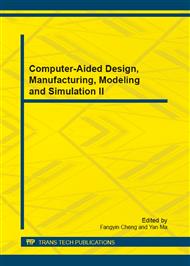p.279
p.286
p.291
p.296
p.303
p.307
p.311
p.317
p.322
The Modeling of Dust Bulk behind Shock Wave
Abstract:
We have studied the mechanism of interaction of shock waves with dust bulk, and built the model of stripping of boundary layer of dust entrained by shock waves, and calculated out the maximum uprising velocity of dust particle, and built the equation of dust outline with the equation of relaxation movement of a dust particle behind shock waves. The result is identical with that of experiments.
Info:
Periodical:
Pages:
303-306
Citation:
Online since:
December 2012
Authors:
Keywords:
Price:
Сopyright:
© 2013 Trans Tech Publications Ltd. All Rights Reserved
Share:
Citation:


